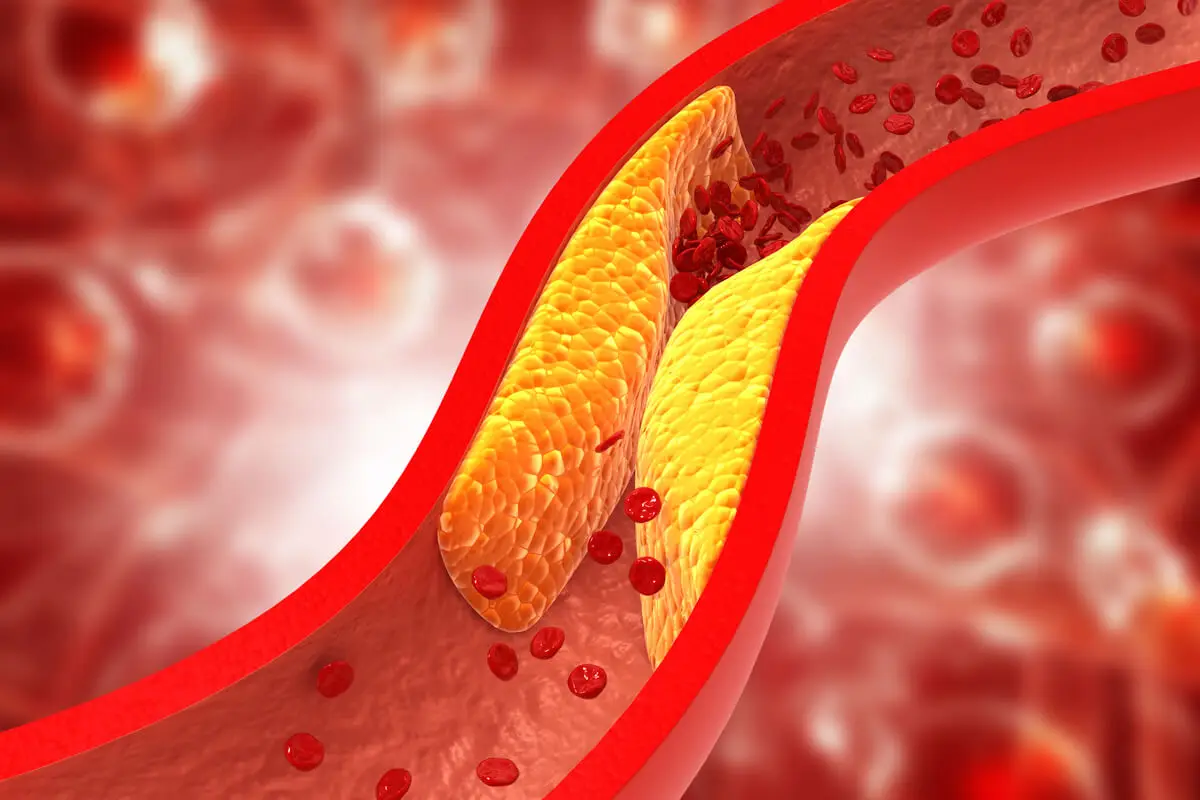Metformin: Its Effects and How to Stop Taking It

Metformin is a reliable drug for the treatment of type 2 diabetes. However, it’s also likely to cause significant side effects in some people, so it isn’t always the most recommended treatment.
In addition, in 2020, the U.S. Food and Drug Administration (FDA) recommended the withdrawal of metformin extended-release tablets from some manufacturers. This was because they found an unacceptable level of a possible carcinogen in those drugs.
It’s estimated that metformin has been prescribed to more than 120 million diabetic patients worldwide. However, it may cause negative effects on the digestive system, and many people choose to stop taking it.
What is metformin?
Metformin is the most common medication worldwide for the treatment of type 2 diabetes. Its role is to help control blood sugar levels. It’s taken orally with meals and comes in two forms: tablets and a clear liquid.
This drug is also prescribed for people with prediabetes and in some cases of polycystic ovaries. It’s used alone or in combination with other active ingredients. It belongs to a family known as biguanides.
Metformin doesn’t cause weight gain and is considered the most affordable drug on the market for the treatment of diabetes. Experts agree that it’s possible to stop having to take it by adopting a healthy lifestyle. However, this should always be authorized by a health professional.
How does it work?
Metformin is not a drug to cure type 2 diabetes, but to treat its symptoms. Its basic action is to lower blood sugar effectively.
This is achieved through 3 mechanisms:
- It decreases glucose production by the liver.
- It reduces glucose absorption by the intestine. This delays the arrival of sugar into the bloodstream.
- It increases the sensitivity and reception of the body’s cells to insulin. This allows glucose to be better utilized as a source of energy.
In addition, metformin helps with other aspects associated with type 2 diabetes, such as the following:
- It reduces appetite. This promotes moderate weight loss.
- It increases good cholesterol or HDL.
- It reduces bad cholesterol or LDL.
- Contributes to lowering the level of triglycerides in the blood.

Another useful article on the subject: Diabetes Control Devices to Monitor Glucose
Risks and side effects of metformin
Many people who take this drug have digestive problems. A study published in the journal Diabetes, Obesity and Metabolism in 2017 notes that the most common gastrointestinal symptoms are diarrhea and flatulence.
Other common problems include the following:
- Nausea and vomiting
- Abdominal cramps
- Loss of appetite
- Metallic taste
In general, metformin isn’t recommended for people who have the following history:
- Liver disease
- Severe kidney problems
- Substance abuse disorder
Vitamin B12 deficiency
Some cases have been detected in which metformin decreases the absorption of vitamin B12. This only occurs after prolonged use of the drug. In any case, the physician should monitor the values of the nutrient for the duration of drug intake.
Hypoglycemia
Hypoglycemia is a condition that produces low blood sugar levels. It’s a rare side effect of metformin, but it can occur. Most commonly this occurs when it’s combined with other active ingredients or insulin.
Lactic acidosis
Lactic acidosis is a condition that can be life-threatening. It involves the build-up of lactic acid in the blood.
It’s a rare side effect of metformin, estimated to occur in only 1 in 100,000 patients. This usually occurs in people who also have kidney failure.
Read more here: Causes and Treatment of Metabolic Acidosis
How to stop taking metformin
Metformin is an important part of the treatment of type 2 diabetes, but in some cases it is possible to reduce the doses or stop taking it. For this, the first thing to do is to consult with the treating physician, as he or she is the one who has the correct criteria.
Without medical supervision, it can be very risky.
It’s possible to stop taking metformin and even overcome type 2 diabetes with some lifestyle changes, as we’ll see below. In the meantime, certain criteria must be met for it in order to help you reduce or withdraw the drug:
- Fasting or pre-meal blood sugar level should be between 80 and 130 milligrams per deciliter.
- Glycosylated hemoglobin should be less than 7%.
- The glucose level should be equal to or less than 180 milligrams per deciliter after eating.
If these criteria aren’t met, then stopping metformin might be too risky. What is recommended is that the physician oversees the entire process.
Lifestyle changes
A study published in 2017 noted that it’s possible to control type 2 diabetes through knowledge, attitudes, and dietary practices. We’re talking here about a healthy lifestyle, based on a proper eating plan.
Other research from 2018 noted that half of the participants in a program achieved remission of type 2 diabetes after one year of maintaining a healthy lifestyle. Thus, the best way to get off metformin, when you meet the criteria, is to adopt proper habits.
In general, changes that should be made include the following:
- Exercising regularly.
- Reducing carbohydrate intake
- Maintaining a healthy weight
- Not smoking and not drinking alcohol.

Other available options and alternatives to metformin
It’s sometimes possible to substitute metformin for other drugs. This could be indicated for cases in which there are very bothersome side effects, but where the patient isn’t in a position to stop taking antidiabetic drugs completely.
Possible substitutes are as follows:
- Prandin ® or repaglinide.
- Canagliflozin or Invokana ®.
- Dapagliflozin or Farxiga ®.
- Empagliflozin ® or Jardiance ®.
- Actos ® or pioglitazone ®.
There are also some medicinal plants that could be used to reduce the symptoms of diabetes. These include bitter melon, fenugreek, apple cider vinegar, aloe vera, and neem. Any of these options must have the corresponding medical approval.
It goes without saying that in order to stop taking metformin, you need to have professional approval. Otherwise, the symptoms of diabetes may not only increase, but you may also start to get other complications.
All cited sources were thoroughly reviewed by our team to ensure their quality, reliability, currency, and validity. The bibliography of this article was considered reliable and of academic or scientific accuracy.
- McGovern Et. Al., A. (2017, 14 noviembre). Comparison of medication adherence and persistence in type 2 diabetes: A systematic review and meta-analysis. Diabetes, Obesity and Metabolism. https://dom-pubs.onlinelibrary.wiley.com/doi/abs/10.1111/dom.13160.
- Sami, W., Ansari, T., Butt, N. S., & Hamid, M. (2017). Effect of diet on type 2 diabetes mellitus: A review. International journal of health sciences, 11(2), 65–71.
- Lean Et. Al., M. (2018, 18 febrero). Primary care-led weight management for remission of type 2 diabetes (DiRECT): an open-label, cluster-randomised trial. The Lancet. https://www.thelancet.com/journals/lancet/article/PIIS0140-6736(17)33102-1/fulltext.
- SANABRIA, H. D., & LAVALLE COBO, A. (2021). Metformina: ¿Debería ser la primera opción terapéutica en el paciente con diabetes de alto riesgo? Revista argentina de cardiología, 89(1), 59-66.
This text is provided for informational purposes only and does not replace consultation with a professional. If in doubt, consult your specialist.








